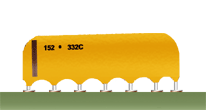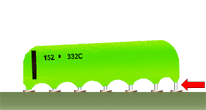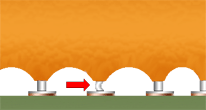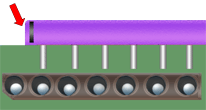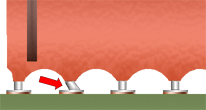SINGLE IN-LINE PACKAGE (SIP)
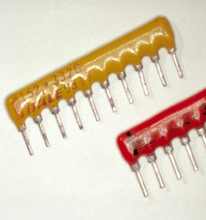
Single-In-Line Package (SIP) components have a flat body oriented vertically to the printed wiring board and a single row of pins or leads. Most small-form SIPs are parallel-array devices of common value components (i.e. diode, resister arrays). Large-form SIPs are usually hybrid circuits (i.e. timers, oscillators, etc.). The SIP body can be either plastic or ceramic with between 4 to 64 leads.
See Section 6.01 "Through-Hole Soldering, General Requirements", for common accept/reject criteria.
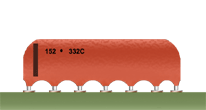
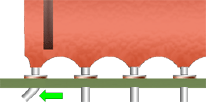
PREFERRED
The component has been properly oriented and all leads are fully inserted in the termination holes with the lead standoff step in contact with the lands. The component body is undamaged and part markings are legible and visible.
ACCEPTABLE
PARTIALLY CLINCHED LEADS
The end leads may be partially clinched to temporarily secure the component. Clinching shall not violate minimum electrical spacing requirements, or adversely affect solderability.
Best Workmanship Practice
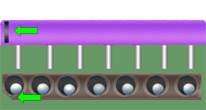
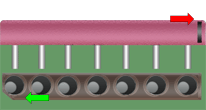
ACCEPTABLE
ORIENTATION/POLARITY
The component has been properly installed. The chip's notch/paint stripe, which identifies pin 1, is lined up with the silkscreen pattern. A square-shaped solder pad on the printed wiring pattern may also be used to identify pin 1.
NASA-STD-8739.3 [8.1]
UNACCEPTABLE
IMPROPER ORIENTATION/POLARITY
The SIP has been installed backwards. The locator notch/dimple, which identifies pin 1 of the chip, should be lined up to the silkscreen and/or conductive pattern marks.
NASA-STD-8739.3 [13.6.2.a.5]

